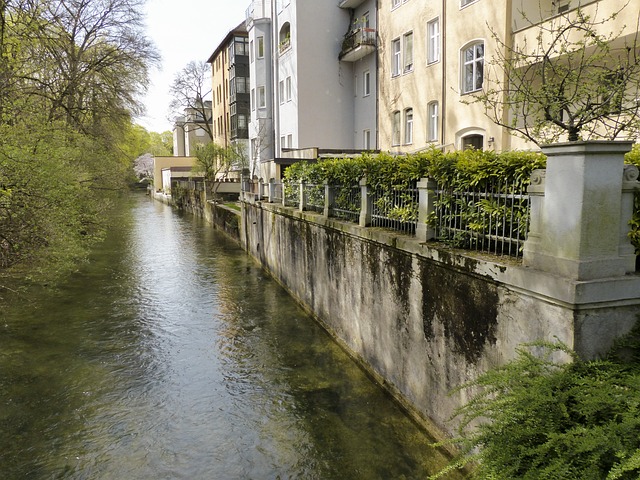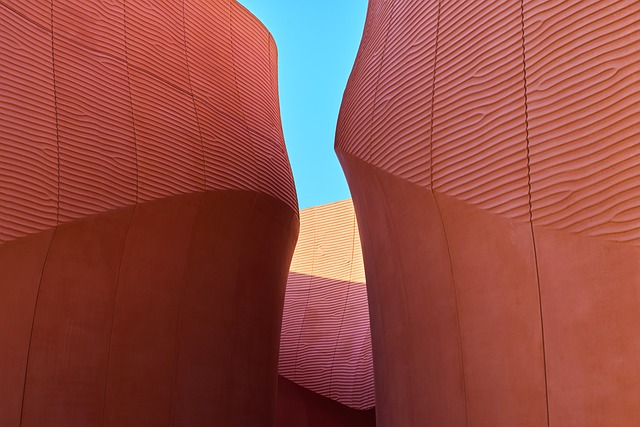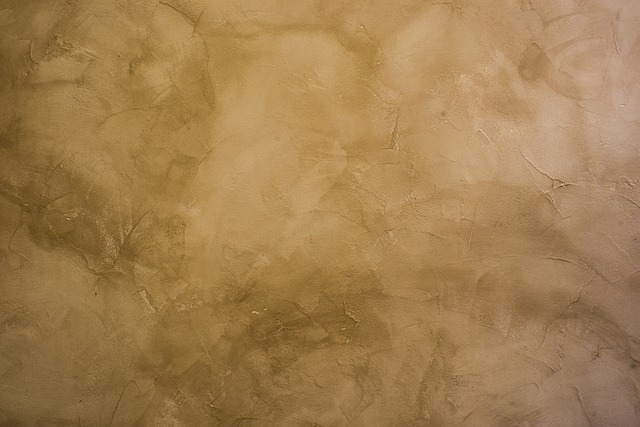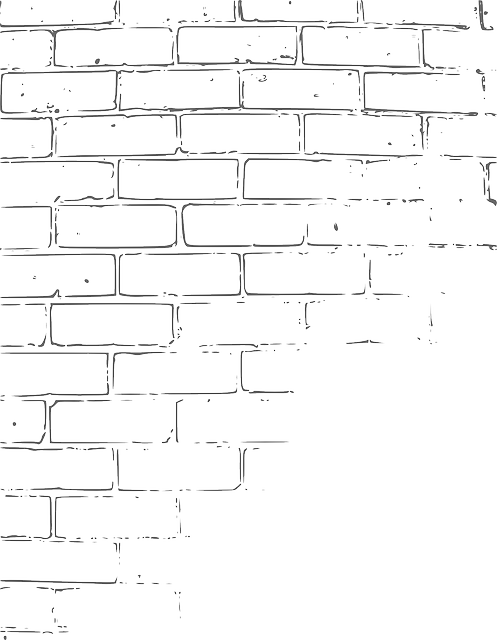Retaining walls are essential for managing soil and water flow, preventing erosion, and creating usable spaces in yard landscaping. When planning a retaining wall, it's crucial to consider the site's terrain, structural needs, and drainage requirements to ensure stability and functionality. Both stone and concrete retaining walls serve these purposes while offering different aesthetic options; stone walls can add rustic charm, while concrete provides a modern look. Professional retaining wall services are invaluable for guiding design and construction to meet local building codes and environmental regulations, ensuring long-term viability and safety.
For homeowners looking to enhance their outdoor spaces, selecting between a stone or concrete retaining wall can achieve both beauty and utility. Decorative retaining walls can be an attractive feature in any garden, with options to customize textures, colors, patterns, and even lighting for a more striking appearance. Retaining wall design and installation must account for climate and soil conditions to maintain structural integrity over time. Professional retaining wall services specialize in integrating decorative elements into functional designs, offering tailored solutions that blend seamlessly with your backyard's aesthetic. Whether opting for the natural appeal of a stone retaining wall or the sleekness of a concrete one, professional guidance ensures that the end result is both visually cohesive and structurally sound.
When it comes to transforming your outdoor space into a harmonious blend of function and form, few elements offer the versatility and impact of landscape retaining walls. Whether you’re looking to prevent soil erosion, create usable outdoor levels, or simply enhance your garden’s aesthetic appeal, understanding the intricacies of retaining wall design and installation is paramount. This comprehensive guide delves into the art and science of constructing effective and beautiful retaining walls, from optimizing their design for both functionality and aesthetics to mastering the installation process.
We’ll explore key considerations in retaining wall design, such as slope stability, drainage, and soil type, and provide expert advice on selecting between stone and concrete options for your landscape retaining walls. Our step-by-step installation guide ensures that you can achieve a durable and visually striking result, whether you opt for a professional service or choose to DIY.
For those embarking on backyard retaining wall projects, we offer valuable tips on maximizing usable space and enhancing the aesthetic appeal of your outdoor living areas. From integrating planters and seating into your design to understanding the cost implications and maintenance requirements of decorative retaining walls, this article is a vital resource for any homeowner looking to elevate their property with a retaining wall that stands the test of time. Let’s build a foundation for success in your next landscaping venture.
- Optimizing Landscape Retaining Wall Design for Functionality and Aesthetics
- – Understanding the Purpose of Retaining Walls in Your Yard
- – Key Factors in Effective Retaining Wall Design: Slope Stability, Drainage, and Soil Type Considerations
- – Integrating Decorative Elements into Functional Retaining Walls
Optimizing Landscape Retaining Wall Design for Functionality and Aesthetics

When embarking on a retaining wall project, the design phase is paramount for achieving both functionality and aesthetics. Landscape retaining walls serve not only to hold back soil and create usable outdoor spaces but also to enhance the visual appeal of any backyard setting. A well-planned design integrates the wall into the landscape seamlessly, using elements like curves and terraces to blend form and function. For instance, incorporating a stone retaining wall can provide a rustic charm that complements natural surroundings while offering robust support against erosion and gravity. The choice of materials, such as locally sourced stone or durable concrete, will not only reflect the property’s character but also withstand environmental stressors over time.
In the realm of retaining wall installation, professional retaining wall services offer invaluable expertise. These experts ensure that every aspect of retaining wall construction is executed with precision, from the initial ground preparation to the final finishing touches. They assess the slope, soil type, and water table levels to design a structure that can handle the pressures it will face over its lifespan. Additionally, these professionals often provide a range of options for decorative retaining walls, allowing property owners to customize their wall’s appearance with various textures, colors, and patterns, thus creating an outdoor feature that is as functional as it is beautiful. By combining practical considerations with artistic design elements, landscape retaining walls can become a focal point in any garden or backyard, enhancing both the usability of the space and its overall curb appeal.
– Understanding the Purpose of Retaining Walls in Your Yard

Retaining walls serve a multifaceted role in your yard’s landscape design by controlling soil and water movement, preventing erosion, creating usable flat areas, and defining outdoor spaces. When considering retaining wall design, it’s crucial to assess the terrain and understand the structural requirements necessary for effective drainage and stability. Professional retaining wall services can guide you through this process, ensuring that your landscape retaining walls not only fulfill their functional purpose but also integrate seamlessly with your yard’s aesthetic.
Choosing between a stone retaining wall or a concrete retaining wall involves weighing factors such as durability, maintenance, and visual appeal. A well-designed stone retaining wall can offer a rustic charm that complements natural settings, while a concrete retaining wall provides a sleek, modern finish suitable for contemporary gardens. The installation of these structures requires meticulous planning and precision execution to withstand the forces acting upon them. Retaining wall construction must adhere to local building codes and environmental considerations to ensure longevity and safety. For those seeking both functionality and beauty in their outdoor spaces, decorative retaining walls offer an excellent solution, blending form and function to enhance your backyard’s ambiance.
– Key Factors in Effective Retaining Wall Design: Slope Stability, Drainage, and Soil Type Considerations

When embarking on a retaining wall project, the design phase is paramount for ensuring the longevity and functionality of the structure. A successful retaining wall design must prioritize slope stability to prevent overturning, sliding, or bearing failure, particularly in areas with steep gradients. Engineers and contractors must consider the soil type and its capacity to withstand lateral and vertical pressures. Properly graded backfill and a well-designed drainage system are essential to manage water content changes that can lead to structural compromises. The choice of materials, whether it’s stone retaining walls or concrete retaining wall systems, should complement both the landscape retaining walls’ aesthetic goals and the structural requirements. In regions with high precipitation or areas prone to flooding, incorporating effective drainage solutions within the retaining wall design is crucial to redirect water flow away from the structure, thereby reducing hydrostatic pressure and mitigating potential water-related damage. Professional retaining wall services can offer specialized knowledge in landscape retaining walls, ensuring that decorative elements enhance the visual appeal without compromising structural integrity. Landscape architects often collaborate with these professionals to create retaining wall designs that blend form and function seamlessly, resulting in backyard retaining walls that are both attractive and robust. Retaining wall installation companies specialize in constructing these barriers using the best practices for retaining wall construction, ensuring that each project is tailored to meet the unique challenges of its environment.
– Integrating Decorative Elements into Functional Retaining Walls

When considering a landscape retaining wall project, integrating decorative elements into your retaining wall design can elevate both functionality and aesthetic appeal. Homeowners and landscapers often opt for stone retaining walls, which not only provide stability but also introduce natural textures and colors that enhance the outdoor space. The choice of material for a retaining wall installation extends beyond mere support; it encompasses the overall visual impact of the backyard retaining walls. For instance, a stone retaining wall can be crafted with varied patterns or contrasting hues to create a focal point within the garden. Moreover, incorporating decorative caps or lighting can further highlight these structures, transforming them into architectural features that complement the surrounding landscape.
Professional retaining wall services play a pivotal role in ensuring both the structural integrity and the beauty of these constructions. Retaining wall construction requires expertise to manage soil pressure and prevent water intrusion while maintaining an appealing design. Expert teams can guide clients through selecting appropriate materials for their climate and soil type, ensuring longevity and stability. From contemporary concrete retaining wall designs to more traditional stone options, the right professional service will tailor the project to meet the specific needs of your outdoor space, balancing form and function seamlessly.
When embarking on a retaining wall project, the intricacies of design, installation, and construction are paramount to achieving both functional integrity and visual appeal. This article has outlined the critical components of effective retaining wall design, from understanding their role in stabilizing slopes and managing drainage to enhancing your landscape with decorative elements. Whether you’re considering a stone or concrete retaining wall, professional guidance is invaluable in ensuring the project not only complements your backyard but also stands the test of time. By leveraging specialized professional retaining wall services, homeowners can enjoy the benefits of these structures for years to come, marrying form and function seamlessly within their outdoor spaces.
